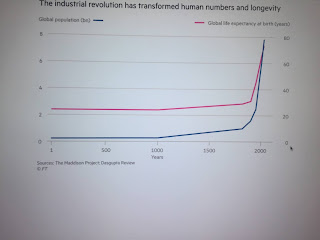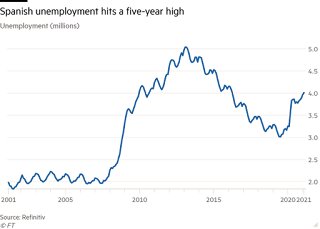Unexpectedly high inflation would raise interest rates, destabilise exchange rates, ignite unrest in labour markets, push the highly indebted towards default and destabilise asset markets. The 1970s were an era of stagflation — high inflation and low growth. They were also, as a result, an era of terrible performance for asset prices. Stocks did terribly, too. The cyclically-adjusted price/earnings ratio (CAPE), developed by Nobel laureate Robert Shiller, collapsed from 24 in 1966, to 8 in 1974 and 7 in 1982. Another salient characteristic of the past four decades has been expanding debt In 2005, former Federal Reserve chair, Ben Bernanke, called this phenomenon “the savings glut”. More recently, former US treasury secretary, Lawrence Summers has termed it “secular stagnation”. The ideas of “Modern Monetary Theory” has won much intellectual favour on the left. ... waves of default far more pervasive than in the early 1980s, when the big story was the debt crisis in developing countries...



